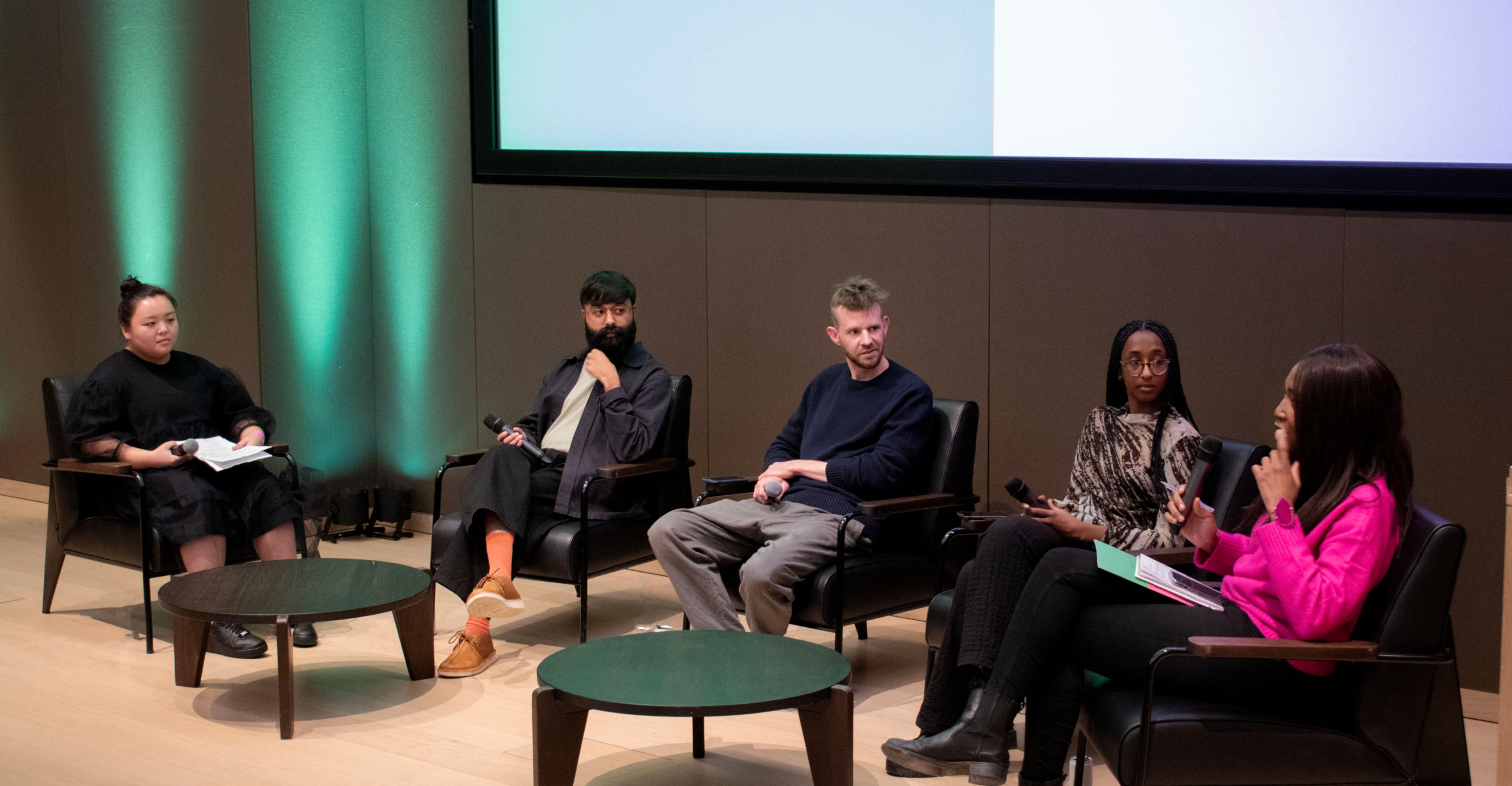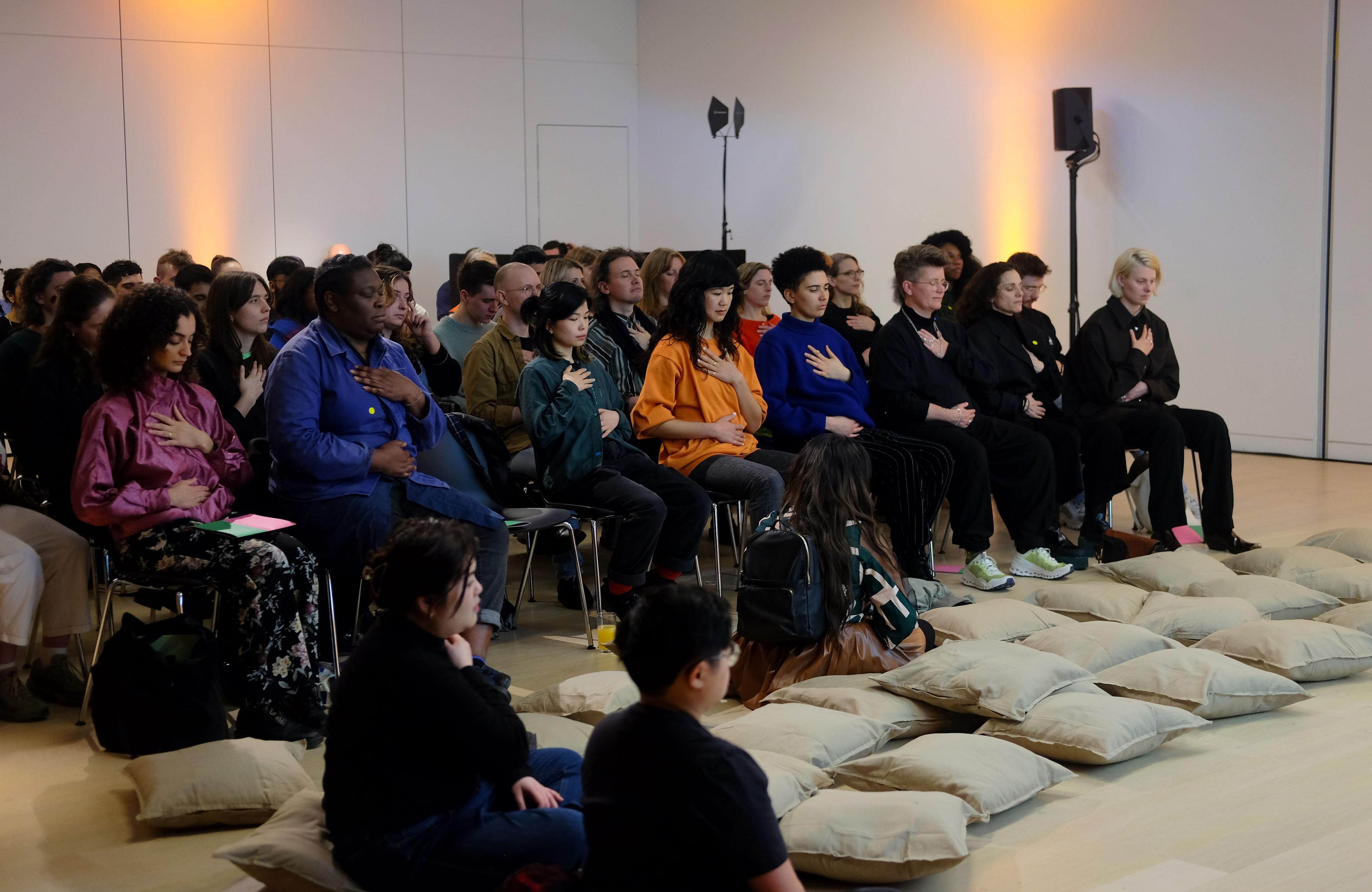
On Saturday, February 25, we held our first gathering, Architectures of Planetary Well-Being, at the London Design Museum.
Our program opened with a session on Embodiment and Social Change with Camille Barton, whose work as a Social Imagineer explores the way power systems and structures impact our bodies and nervous systems. How, she asked, might we center somatic embodiment and care in our movements—truly embodying social justice, caring for ourselves as we heal our world?

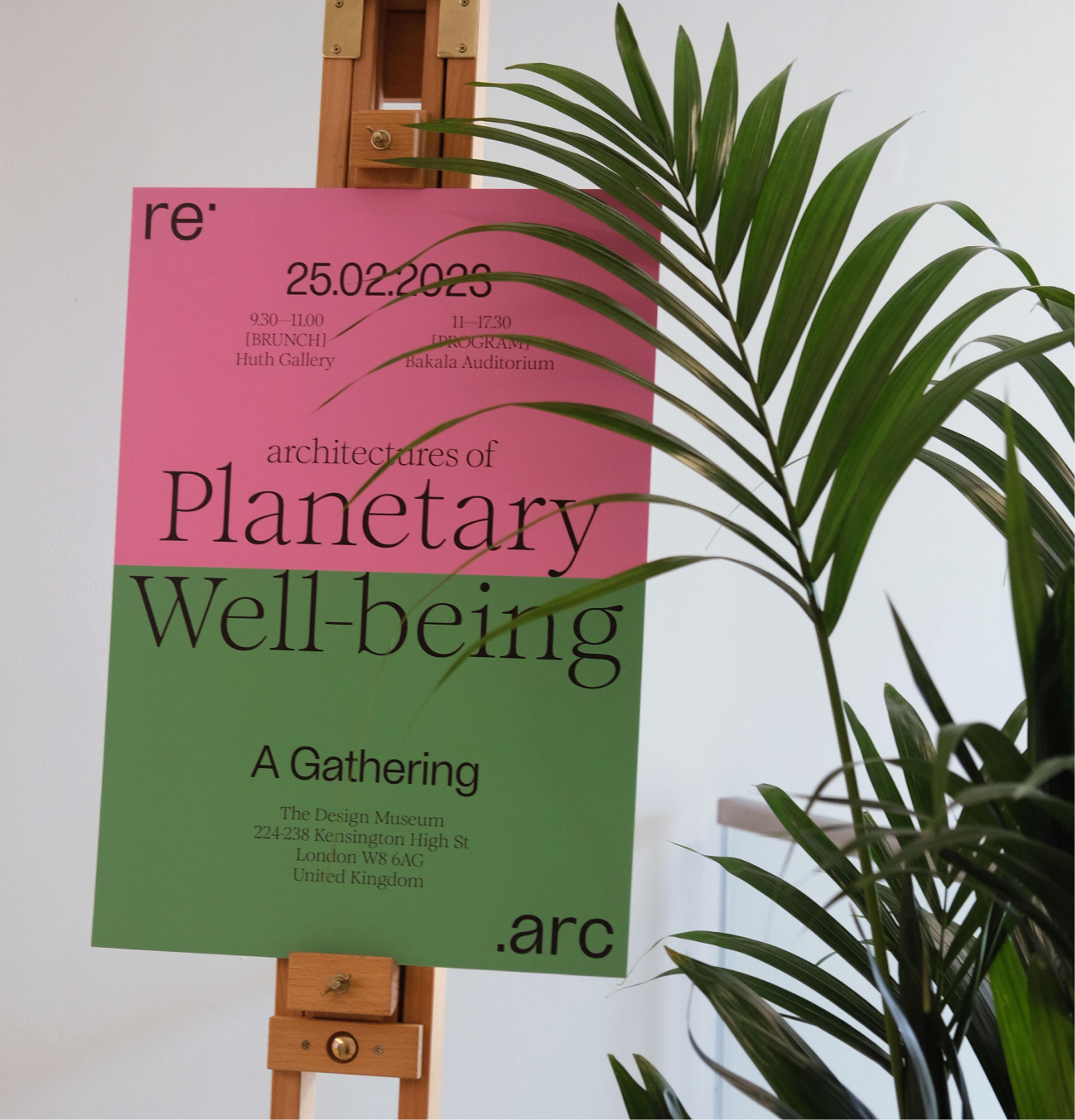
Amahra Spence, founder of MAIA Group, led Life-Affirming Structures, a keynote that served as a grounding space for imagining both collective inquiry and action to affirm and support the lives of Black, Brown, Indigenous, and other People of Color in the work that we do each day as organizers, researchers, teachers, artists, architects, designers, engineers, and curators. “Who is erased from support?” she asked. “From care? From access? From resourcing? It’s not lost on me that the people who have the most passion about where they live, and what happens in the spaces that they form, are usually the ones that are most disconnected from the resources needed to make change happen there. We have to name what’s stopping us from accessing what could affirm our lives.” Amahra’s toolkit for creating life-affirming infrastructures—infrastructures that support those who are often erased and disconnected from such dialogues—has a constellation of practices that include researching, storytelling, programming, and resourcing to create and reimagine spaces for culture and liberation.
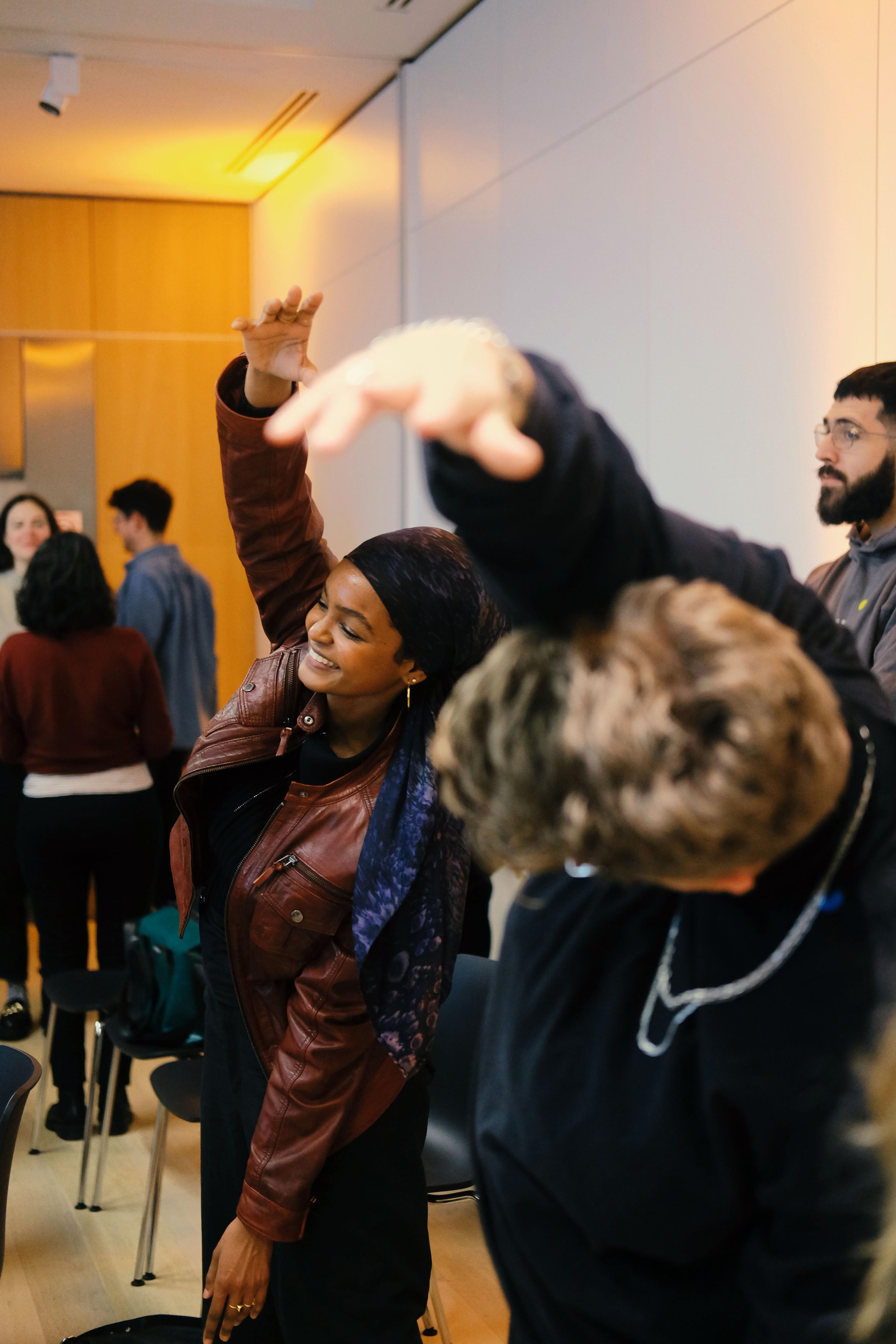
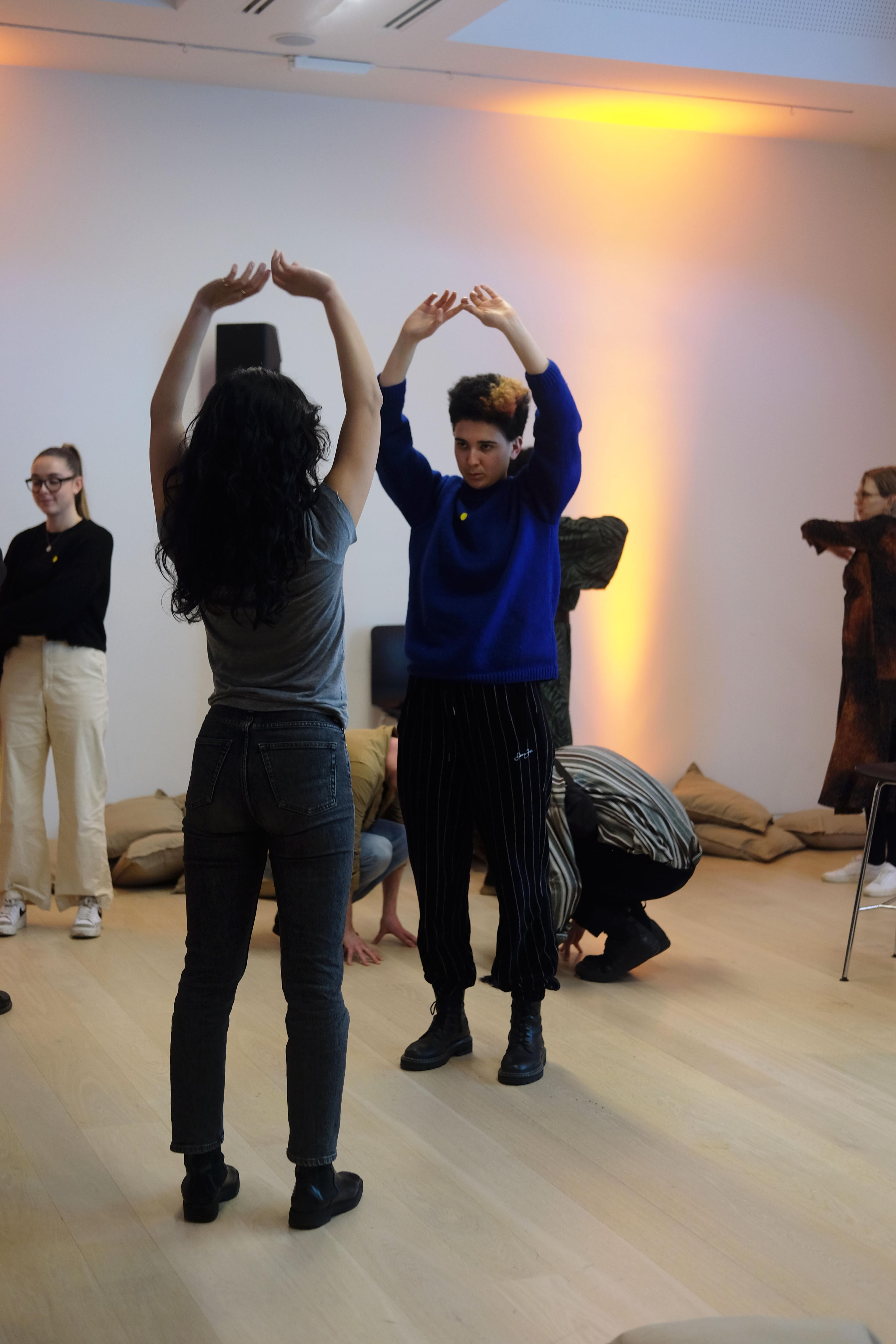
As a precursor to her workshop, researcher, curator, and artist Angela YT Chan walked through her creative research practice in a lecture that followed Amahra’s keynote, guiding us through a few of her projects, including Worm Art Theory (2014-2021), Tipping Points (2016), and Climate and Culture Beyond Borders (2020). Angela uses the combination of art and speculative fiction as communal climate tools, while also applying the analogue and digital realms into her work. Many of her projects employ curatorial and experimental elements, with a focus on the intersections of climate justice, geographical history, ecology, technology, and installation frameworks. Following her discussion, we had the opportunity to participate in her shared methods of climate- and place-based storytelling. Together, we asked questions such as: What kind of world is your story entering? How does your story alter it, even if a little? Which stories bring new and renewed processes and relations to the face on this Earth? Many of these questions are often answered through each of our own unique lived experiences.

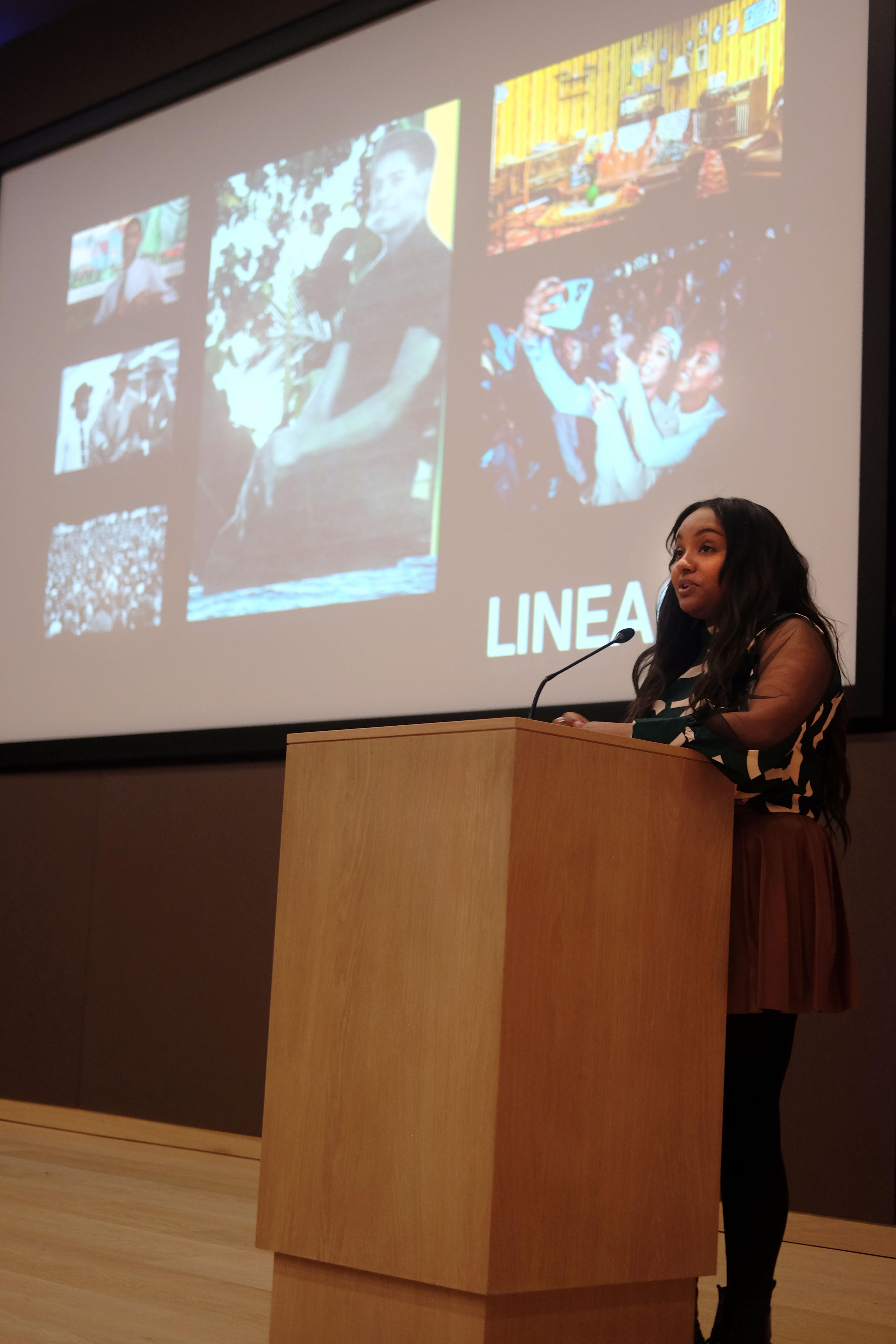
Architectures of Planetary Well-Being ended with Community Participatory Architectures, a conversation led by panelists Heba Tabidi of Space Black, Huan Rimington of Build Up Foundation, Karan Pancholi of Okra Studio, and Yẹmí Aládérun of The Paradigm Network. We discussed and explored how community members can actively shape the social and ecological design of our built environments, centering questions such as: How might we define and reframe dynamics of power in relation to the built environment? How can our lived experiences and family histories influence our outlooks today? How might we envision a world that centers collaboration and uplifts community stakeholders? Huan, the founder of Build Up, an organization and charity that runs construction projects for young people to both design and build structures in their own communities, reflected: “A lot of what we do involves trying to create spaces where young people can test out who they want to be—we use the phrase ‘world shapers.’ It’s about assessing new social roles and new relationships, which is really important.”
As we recall our time together in this conversation, we are so grateful to our attendees, program facilitators, and staff—and for the insights exchanged and the newfound spirits of inspiration and encouragement that can be anchoring points for us all.
